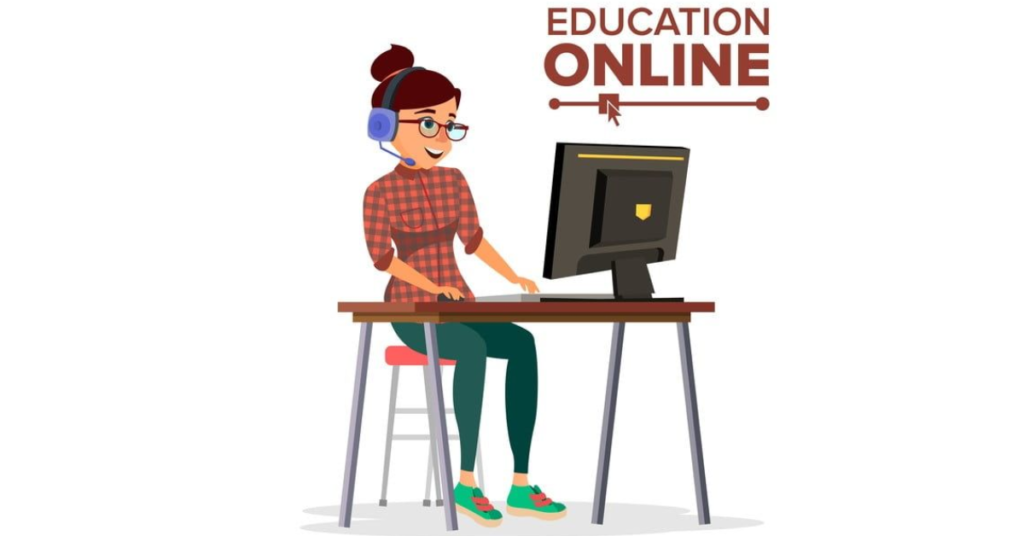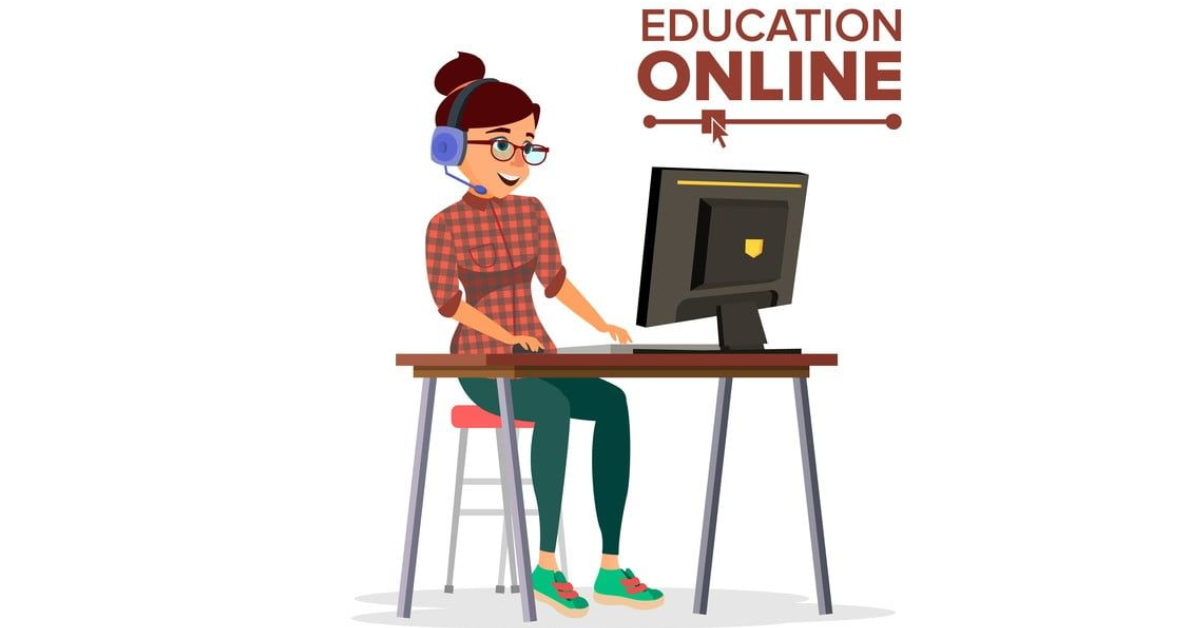In recent years, the landscape of education has undergone a significant transformation, with online learning resources emerging as essential tools for students and educators alike. Universities are increasingly adopting digital platforms to enhance the educational experience, making learning more accessible, flexible, and tailored to individual needs. This article delves into the various online learning resources available at universities, their benefits, and how they are reshaping the academic landscape.

1. Understanding Online Learning Resources
Online learning resources encompass a wide range of digital tools, platforms, and materials that facilitate education via the internet. These resources can include:
- Learning Management Systems (LMS): Platforms like Canvas, Blackboard, and Moodle provide a centralized space for course materials, assignments, grades, and communication between students and instructors.
- Open Educational Resources (OER): Freely accessible, openly licensed materials that can be used for teaching, learning, and research. Examples include textbooks, course materials, and videos.
- Webinars and Online Lectures: Live or recorded sessions that allow students to engage with faculty and industry experts from anywhere in the world.
- Interactive Learning Tools: Resources such as quizzes, simulations, and educational games that enhance engagement and understanding.
- Virtual Libraries: Digital libraries that offer a vast array of academic journals, eBooks, and research databases.
Understanding these resources is critical for both students and educators aiming to navigate the modern educational environment effectively.
2. The Rise of Online Learning in Higher Education
The shift toward online learning gained momentum during the COVID-19 pandemic, which forced universities to adapt quickly to remote teaching. As a result, many institutions invested in robust online platforms and resources. This transition has not only made education more flexible but also allowed universities to reach a broader audience, including non-traditional students who may not have access to on-campus learning.
2.1 Advantages of Online Learning Resources
The integration of online learning resources offers numerous benefits, including:
- Flexibility: Students can access materials at their convenience, allowing them to learn at their own pace.
- Accessibility: Online resources break down geographical barriers, enabling students from diverse backgrounds and locations to participate in higher education.
- Cost-Effectiveness: Many online resources, particularly OER, reduce the financial burden on students by providing free or low-cost educational materials.
- Personalized Learning: Adaptive learning technologies can tailor educational experiences to meet individual student needs, enhancing learning outcomes.
- Enhanced Engagement: Interactive tools and multimedia content can increase student motivation and participation in the learning process.
3. Key Online Learning Resources Offered by Universities
Many universities provide a plethora of online learning resources to support students in their academic journey. Here are some of the most common resources available:
3.1 Learning Management Systems (LMS)
Most universities utilize LMS to manage course content and facilitate communication between students and instructors. These platforms allow for the submission of assignments, tracking of grades, and access to discussion forums.
Popular LMS Platforms:
- Canvas: Known for its user-friendly interface, Canvas supports multimedia content and integrates with various third-party applications.
- Blackboard: Offers comprehensive features for course management, including grading tools and virtual classrooms.
- Moodle: An open-source LMS that allows institutions to customize their online learning environment to fit their specific needs.
3.2 Open Educational Resources (OER)
OER initiatives are gaining traction in universities, promoting the use of freely available educational materials. By adopting OER, universities can reduce textbook costs and encourage collaboration among educators.
Examples of OER Platforms:
- OpenStax: Provides free, peer-reviewed, openly licensed textbooks that cover a range of subjects.
- MERLOT: A repository of free online teaching and learning materials, including peer-reviewed resources.
- OER Commons: A digital library of open educational resources that enables educators to find, share, and create educational materials.
3.3 Virtual Libraries and Research Databases
University libraries have expanded their services to include virtual libraries that provide students with access to vast collections of eBooks, academic journals, and research databases.
Popular Research Databases:
- JSTOR: Offers a comprehensive collection of academic journal articles and books across various disciplines.
- PubMed: A free database of biomedical literature that is essential for health-related studies.
- Google Scholar: A freely accessible search engine that indexes scholarly articles across multiple disciplines.
3.4 Online Tutoring and Academic Support Services
Many universities provide online tutoring services and academic support to help students succeed in their studies. These services often include:
- One-on-One Tutoring: Students can connect with tutors online for personalized assistance in specific subjects.
- Writing Centers: Virtual writing assistance is available to help students with their writing projects, from research papers to thesis statements.
4. How to Effectively Utilize Online Learning Resources
To maximize the benefits of online learning resources, students should adopt effective strategies for utilizing these tools:
4.1 Develop a Study Schedule
Creating a consistent study schedule can help students stay organized and manage their time effectively. By allocating specific times for online classes, assignments, and self-study, students can maintain a healthy work-life balance.
4.2 Engage with Peers and Instructors
Active participation in discussion forums, study groups, and virtual office hours fosters a sense of community and enhances learning. Engaging with peers and instructors can lead to valuable insights and support.
4.3 Take Advantage of Supplementary Resources
Students should explore supplementary resources, such as online lectures, webinars, and OER materials, to deepen their understanding of course content.
4.4 Stay Informed About Technological Tools
Familiarizing oneself with the various technological tools available through their university’s LMS can enhance the learning experience. This includes knowing how to navigate the platform, access resources, and utilize features such as discussion boards and assignment submissions.
5. Challenges of Online Learning Resources
While online learning resources offer significant benefits, there are challenges that both students and educators must navigate:
5.1 Digital Divide
Access to technology and reliable internet connections can vary widely among students, creating disparities in learning opportunities. Universities must strive to provide resources and support for students facing these challenges.
5.2 Self-Motivation and Discipline
Online learning requires a high level of self-discipline and motivation. Students must take responsibility for their learning, which can be challenging without the structure of in-person classes.
5.3 Quality of Online Materials
Not all online resources are created equal. Students need to critically evaluate the credibility and quality of the materials they use to ensure they are receiving accurate and relevant information.
6. The Future of Online Learning Resources
As technology continues to evolve, so will the landscape of online learning resources. Innovations such as artificial intelligence, virtual reality, and augmented reality have the potential to enhance the online learning experience further.
- Artificial Intelligence: AI can provide personalized learning experiences, adaptive assessments, and data analytics to help educators understand student performance better.
- Virtual Reality (VR) and Augmented Reality (AR): These technologies can create immersive learning experiences, allowing students to explore complex concepts in a virtual environment.
Universities must remain adaptable and responsive to the changing needs of students to ensure that online learning resources remain effective and relevant.
Conclusion
University online learning resources have revolutionized the educational experience, providing students with unprecedented access to knowledge and learning opportunities. By leveraging LMS, OER, virtual libraries, and academic support services, students can take charge of their education and tailor their learning experiences to meet their needs. As the landscape of education continues to evolve, it is essential for universities to embrace these resources and address the challenges they present. With a commitment to innovation and accessibility, the future of online learning resources holds great promise for students and educators alike.
